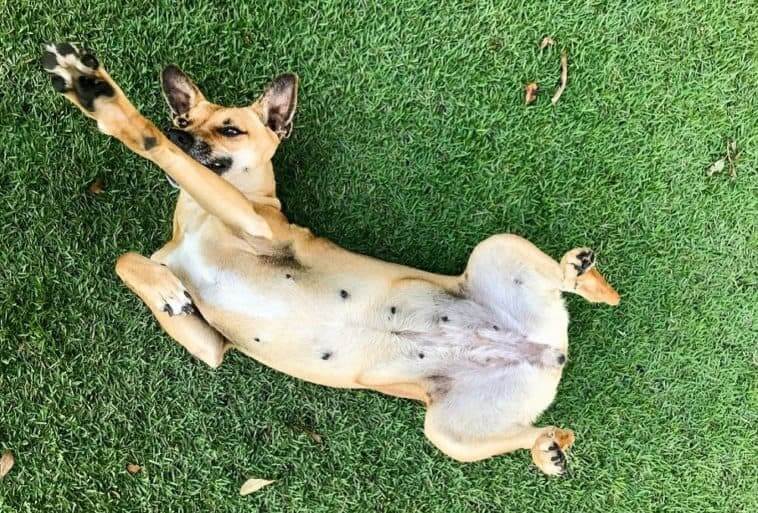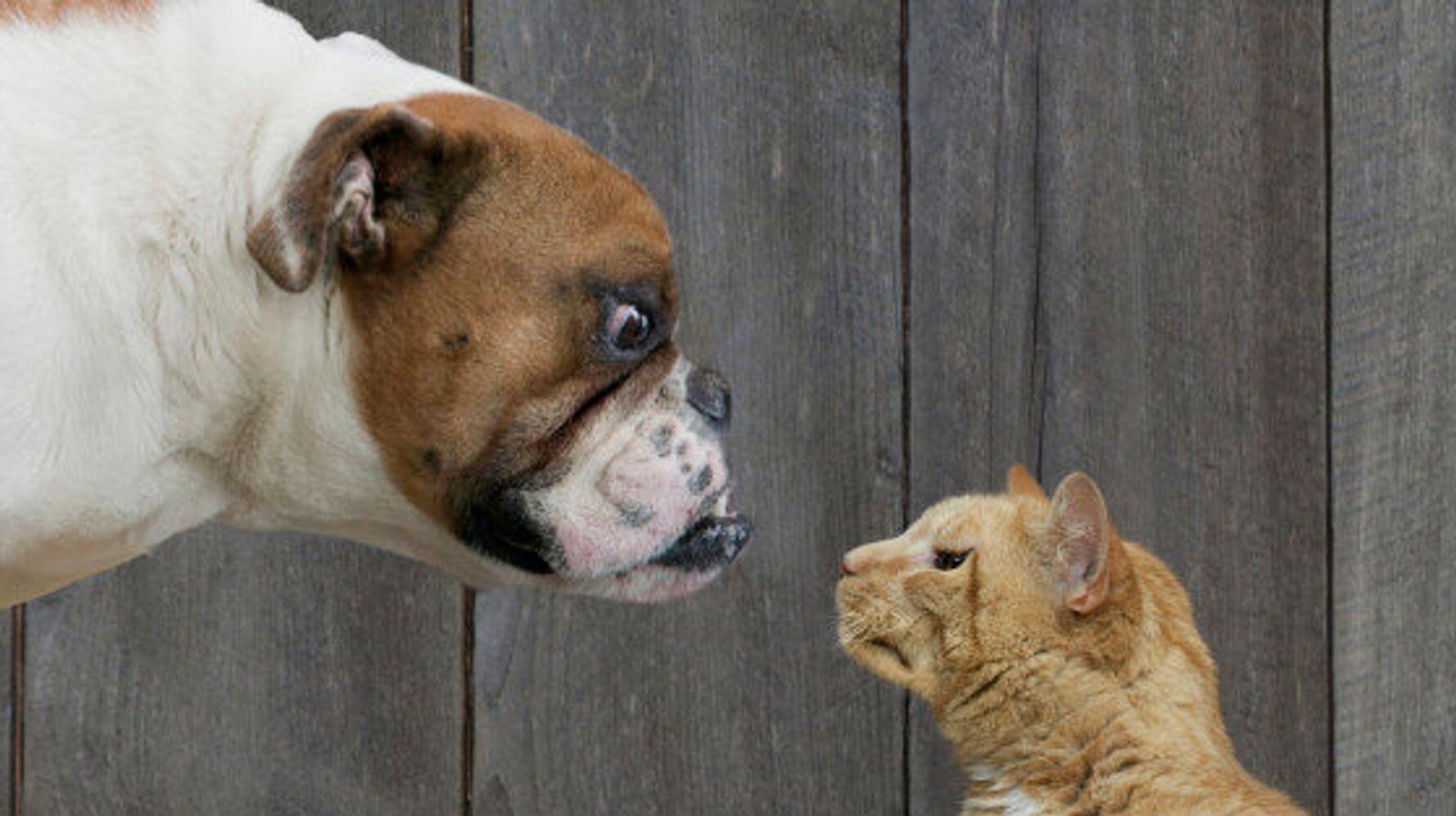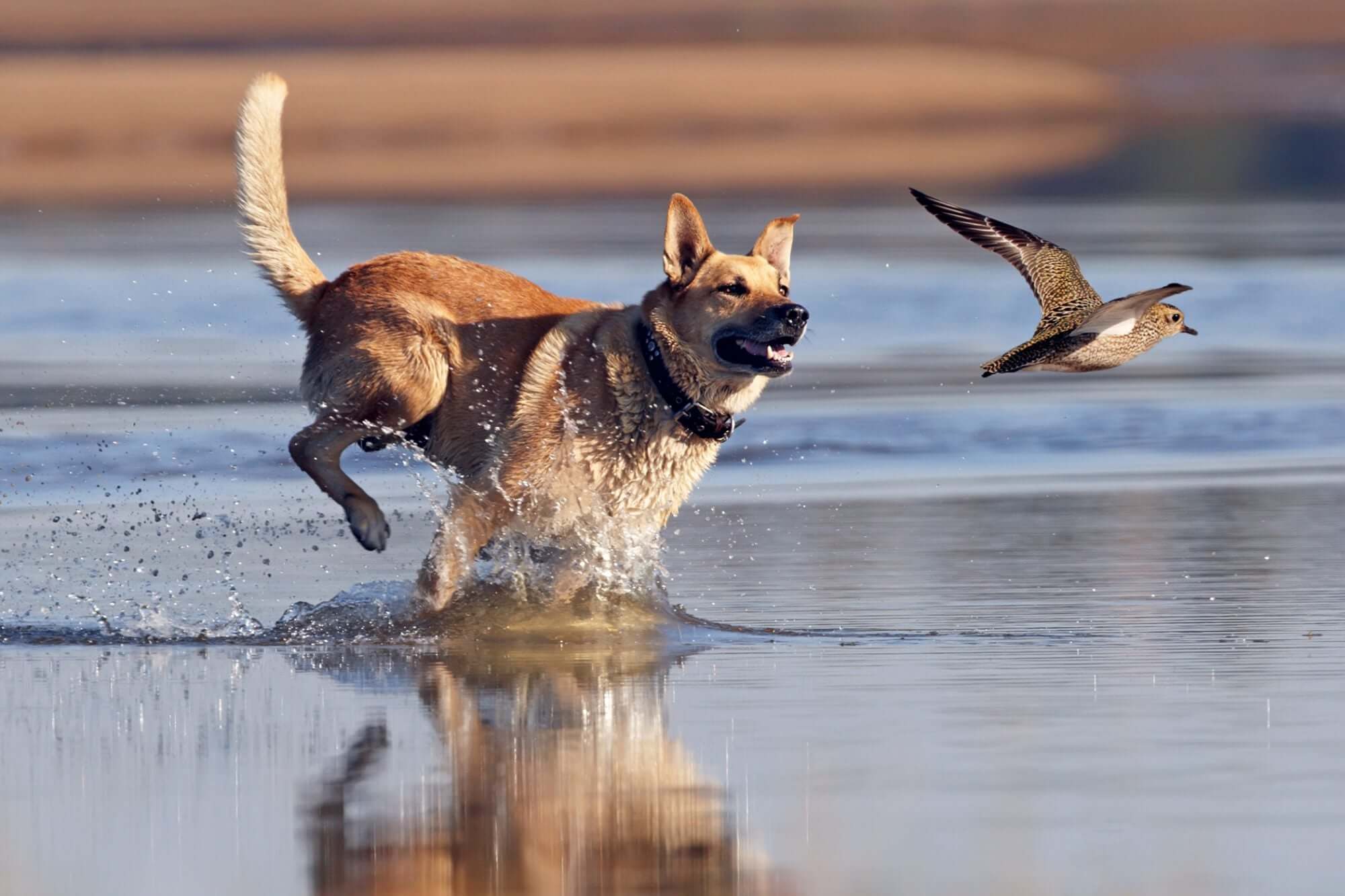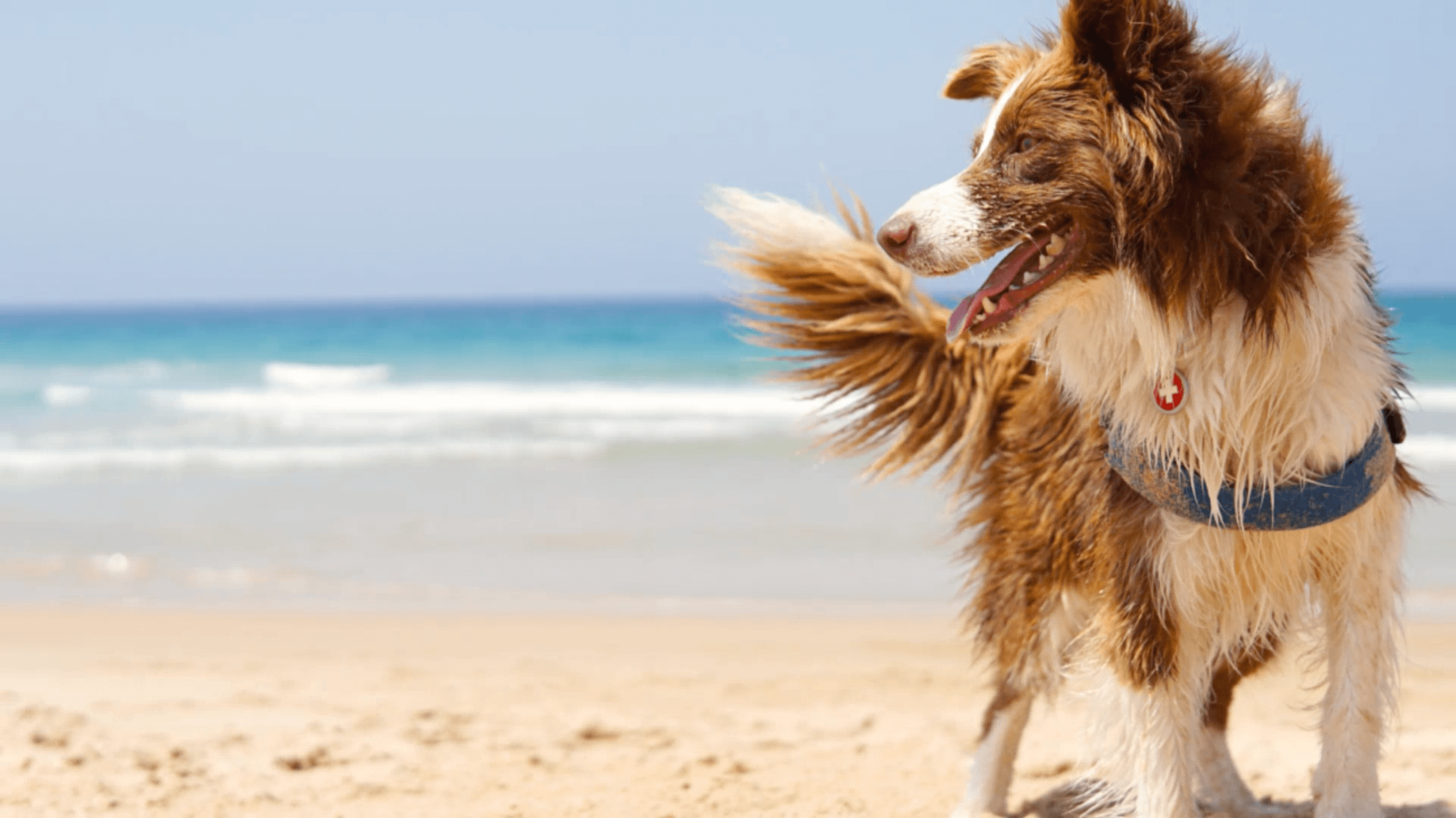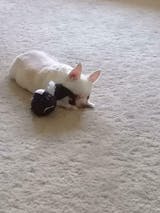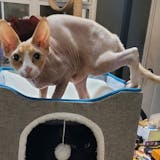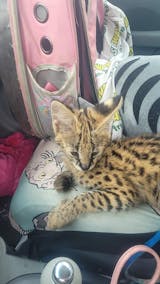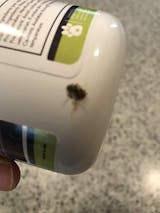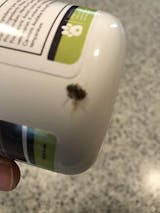A question you might have asked yourself as a pet parent is if dogs have belly buttons. They have eyebrows, eyelashes and mustaches, why wouldn’t they have belly buttons? And it is 100% true, dogs do in fact have belly buttons. But as cute as it may sound, belly buttons in dogs can also represent some risks. Keep reading to learn more about this.
What are belly buttons in dogs?
Let’s start with the big definitions. Dogs are placental mammals, which means they are characterized by the presence of a placenta that allows them to give birth to living babies, as opposed to oviparous that lay eggs and marsupials who have the well-known pouch.
But what does this have to do with dogs having belly buttons? Well, the thing is that the fact that dogs are placental mammals who give birth to living babies is the reason why they have belly buttons.
While in their mother’s womb, puppies are in a sac filled with fluid that’s connected to the mother’s placenta through the umbilical cord. The placenta is the most vital organ of a puppy’s development, it allows them to receive nutrients and oxygen, and remove waste products.
Once puppies are born and free from the amniotic sac, their mothers chew through the umbilical cord leaving a wound. During the next few days, the remaining stump of the cord falls off and a scar is formed. And that’s what we know as the belly button in dogs.
That’s right! Belly buttons are nothing more but a little scar where the umbilical cord used to be, just like in humans.
Where is the dog's belly button?
If your dog is 100% covered in long hair, it might be quite difficult, not to say impossible, to find their belly button, since it truly is just a small scar. The best moment to look for your furry pup’s belly button is after or during a grooming session, which you can easily do at home with Mokai’s Grooming Pack.
If your pup has a hair-free belly, you’ll definitely have better chances of finding it.
A dog’s belly button is located below the end of their ribs and unlike humans, it is just between the nipples.
In humans, we know two types of belly buttons: innies and outies. The first is the most common one given that 90% of people have it. They are the concave ones that look like they are inside the belly, just as the name indicates. Outies, only owned by 10% of humans, are the ones that look like a lump that pops out of the belly.
In dogs, outies are possible too, they are called umbilical hernias, and can require medical treatment.
Umbilical hernias in dogs
Umbilical hernias in dogs occur when the scar left by the umbilical cord doesn’t close properly, this means that the muscle hasn’t healed and leaves a hole instead of growing together.
An umbilical hernia in dogs is easily recognizable: they look like an outie belly button, a lump on their belly.
The cause of umbilical hernias in dogs is not 100% clear. The one most veterinarians agree on is the genetic one. That’s why some of them recommend not to breed your dog if they have an umbilical hernia.

Are umbilical hernias in dogs dangerous?
If you see that your dog has an umbilical hernia, you should definitely take them to the vet, so they can determine if it can subside on their own or if it needs surgical intervention.
The umbilical hernias that can subside on their own are the uncomplicated ones and are characterized for only causing a soft swelling or a small bump that represents no harm for the dog.
On the other hand, the complicated umbilical hernias must be treated by a vet, and can have symptoms such as pain, warmth around with the swelling, vomiting, depression and lack of appetite.

